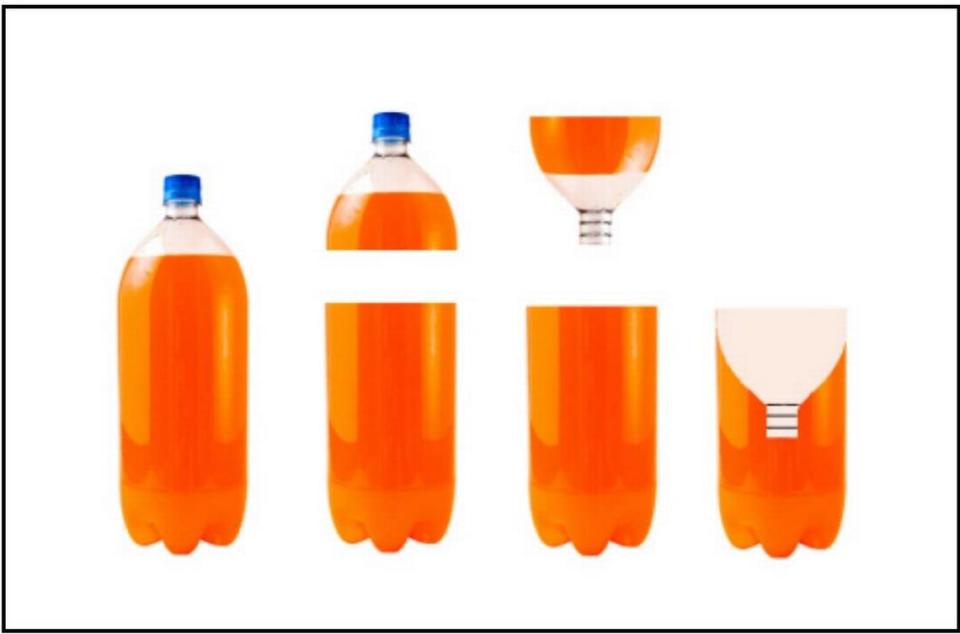Cockroaches emerge in California heat. How to keep them away from your Modesto home
Cockroaches love the heat. As Modesto residents gear up for summer, how can you keep these creepy crawlers right where you want them — away from your home? With temperatures into the 90s expected this weekend, The Modesto Bee prepared this guide so you can plan ahead.
Cockroaches become more active as outdoor temperatures rise and water sources dry up.
There are several varieties of cockroaches that exist in the area — and some of them like to come indoors when the temperatures rise.
Here’s why the pests are attracted to your home, and how to keep them out:
Why cockroaches enter homes
While there may be an idea that cockroaches swarm to houses that are not clean, that’s not usually the case. Bill Donahue, an entomologist and the owner of Sierra Research Laboratories Inc. in Modesto, said cockroaches are scavengers and have adapted to survive in many situations.
“I think people thought that if you get cockroaches, you must have a dirty house,” Donahue said.
But what’s often the case is that cockroaches become more active in late spring and early summer as cold blood insects generally thrive in warm and humid weather. The warmer it is, the more active they are, UC Davis entomologist Lynn Kimsey told The Sacramento Bee for a previous story. And usually, the cockroaches are in search of water.
They are also generally nocturnal creatures, and if they’re spotted during the day, it is a sign of a robust population, Kimsey previously told The Sacramento Bee.
In California, there are eight exotic species of cockroaches. The species that is the main cause for concern in the state is the American cockroach. Because this species can carry and spread bacteria, restaurant inspectors look out for the American cockroach as sign of filth.
However, the ones most frequently spotted in California homes are the Oriental and Turkestan cockroaches, which are fairly harmless insects, Kimsey told The Sacramento Bee.
“I remember this one poor woman, she had the cleanest house, always cooking, and she was in tears because she had a pretty high German cockroach population.”
The German cockroach is the most common indoor species — this kind likes food preparation areas and poses a contamination threat, according to the UC Integrated Pest Management Program.
Donahue said roaches come searching for nutrients and water.
It’s uncommon that an American cockroach — also found in California and a sign of filth — would make its way indoors, The Sacramento Bee previously reported.
Will this year’s rain change cockroaches’ habits?
With an unusually wet winter and early spring, Donahue said the outdoor species’ behavior may change now that there’s more access to water sources, so you may see fewer round your home this season.
While cockroaches have a “yuck” factor, Donahue said that’s about all residents have to worry about with the bug. They are a common source of allergens, but have not been linked to significant disease outbreak, according to the CDC.
“People just don’t want them around,” Donahue said. Most cockroaches other than the American cockroach are considered clean insects.
How to control cockroaches within your home
Donahue said he tends to take an integrated approach when trying to control cockroaches, working with both traps and chemicals.
To prevent attracting cockroaches within the home, Donahue said reducing garbage and clutter can help.
“German cockroaches, especially, are pretty predictable,” Donahue said. “That’s where trapping becomes pretty effective.”
While effective, trapping requires patience, Donahue said. He said he’s been successful trapping roaches with something as simple as an empty 2-liter soda bottle.
Here’s how that trap works, according to cockroachfacts.com: Cut the top off the bottle, right where it rounds out to its full width. Rub petroleum jelly inside the top half of the bottle (and the bottleneck). Then, place some bait (like peanut butter, a piece of a banana peel or a similarly sweet bait) at the bottom of the bottle, slide the top section upside-down into the bottom section and wait for roaches to climb in after the bait.

Roaches are adaptable creatures, and outdoor varieties are best controlled by liquid chemicals as a perimeter treatment, Donahue said.
“Frankly, most people just want them gone immediately,” Donahue said. “At that point, we come to chemical control.”
Types of cockroaches in Modesto
In addition to the American cockroach, Donahue said the German cockroach is common in California and the Central Valley.
Modesto also sees several varieties of outdoor species that don’t typically go inside. “These outdoor roaches very seldom come in,” Donahue said. “If they do, it’s usually in the garage and they’ll hide in cracks and crevices.”
Field cockroaches are a small variety, growing up to half an inch, with an olive brown color and two black stripes between their eyes.
Oriental cockroaches are found in various neighborhoods in Modesto, Donahue said, and come out at night from areas including planter boxes and from underneath hard mulch.
Relatively new to California is the invasive Turkestan cockroach.
“They’re gradually displacing the oriental cockroach as far as getting into people’s garages and around the landscape,” Donahue said.
Editor’s note: This story has been updated with additional detail on cockroaches from a previously published Sacramento Bee story.
What do you want to know about life in Modesto? Ask our service journalism team your top-of-mind questions in the module below or email servicejournalists@modbee.com.

